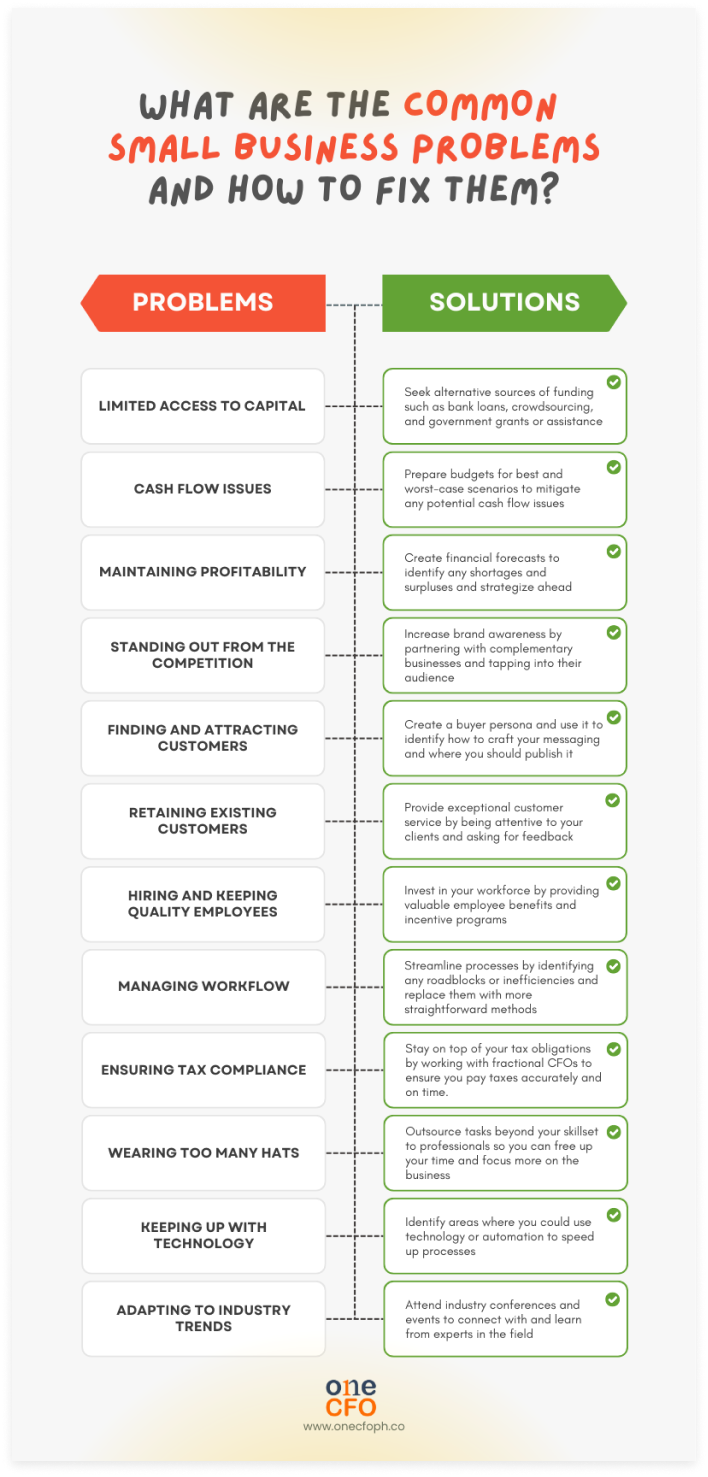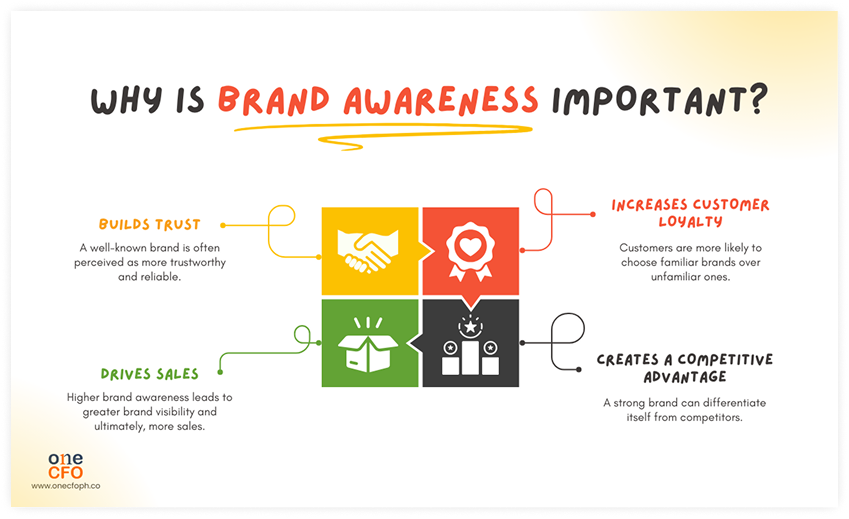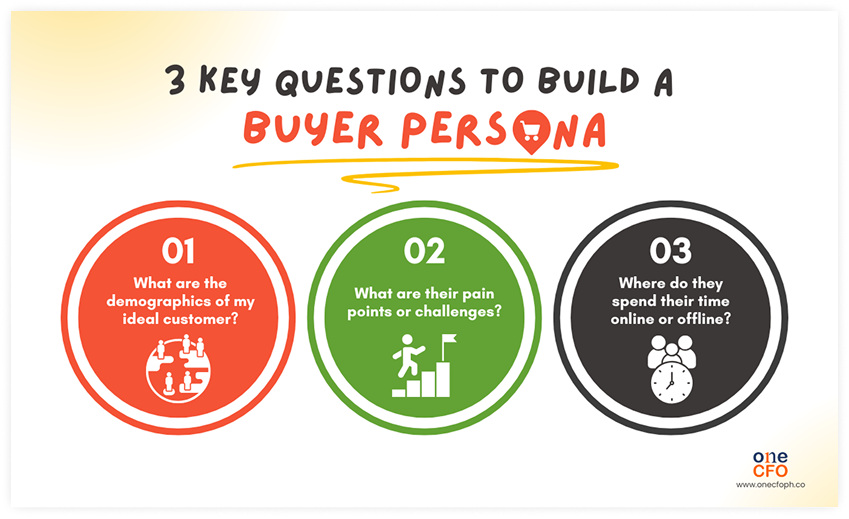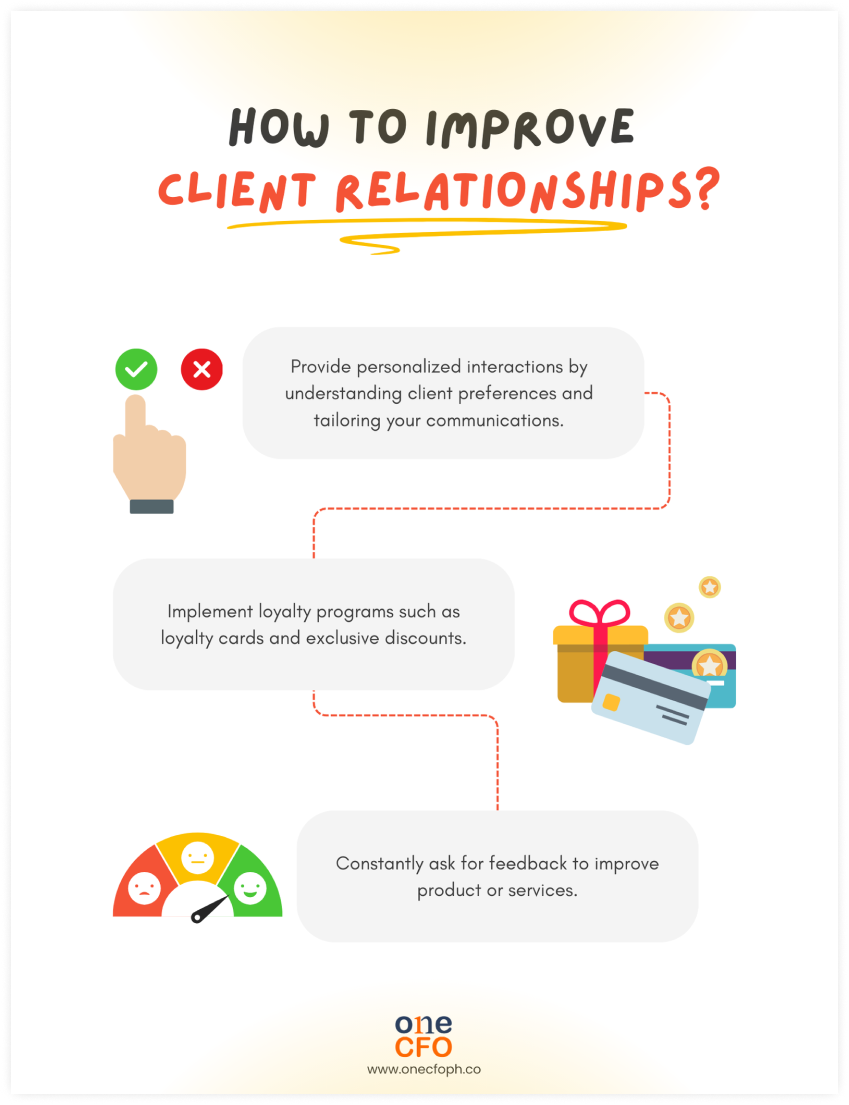
February 26, 2025 | 12:41 pm
Table of Contents
Running a small business is not always easy. You'll inevitably encounter small business
challenges, but knowing how to solve them with the right strategies is key to a thriving
business.
From funding and marketing to managing employees and navigating regulations, these small
business issues are real. Fortunately, you can flip these challenges into growth
opportunities.
This guide breaks down the most common small business challenges and provides actionable
solutions to help you conquer them and thrive.
What are the most common small business problems?
While every business is unique, small businesses still face prevalent challenges. Here are the most common problems small businesses face and how you can solve them:

#1 Limited access to capital
Capital is a basic necessity for businesses. It covers initial expenses, creates products or services, hires people, markets the company, and invests. Yet many entrepreneurs start their businesses by bootstrapping or using their funds.
Solution: Seek alternative sources of funding
Using your savings to fund your business is a good option, but it drains your pockets. An
alternative is to take out a loan.
Borrowing money can provide additional capital to invest in growth opportunities without
depleting your savings. This allows you to maintain a financial safety net for personal
expenses.
When borrowing, start by determining how much money you need and for how long. Then, pick
the right time to borrow and have a clear plan for repaying it. This way, you can get the
money you need without added stress.
One common alternative source of funding is a bank loan. To get a bank loan, you'll need to
show documents proving the legitimacy and financial capacity of the business, including:
For first-time entrepreneurs, the Small Business Corporation (SBC) has the Pondo sa Pagbabago at Pag-asenso (P3) program, which
helps streamline the loan application process
and offers MSMEs a capital of up to ₱200,000.
Furthermore, loans without collateral are an
alternative funding source for businesses that
may not have valuable assets to pledge. These loans rely on your creditworthiness and
business performance for approval, typically resulting in higher interest rates but offering
quicker access to funds and a less complicated application process.
Another option business owners can consider to raise capital is crowdfunding. Round
One, the
Philippines’ first end-to-end crowdfunding platform, makes this fundraising option easy by
helping business owners pitch, promote, and connect with investors.
#2 Cash flow issues
Ideally, a business’s revenue should consistently cover all expenses when they’re due.
However, factors like late client payments, emergency expenses, and resource mismanagement
can disrupt this positive cash flow.
Even when you expect cash from future payments, insufficient cash when you need it can lead
to piling debts or business closure.
Solution: Create a proper budget
How do you deal with cash flow problems in small businesses? One way is to do proper budgeting.
A budget is a financial roadmap that lets you outline potential income and plan future
expenses. When creating a budget, always consider the best and worst-case scenarios and have
an allowance for unexpected costs.
Investing in ERP software like Britana also makes budgeting more manageable. It
accurately
records transactions and data across different departments, giving you precise numbers to
use for your budget estimates.
To learn more about how budgeting is a game-changer and tips on how to create one
effectively, check out our video here:
#3 Maintaining profitability
Another financial challenge for small businesses is being profitable and maintaining it.
Turning a profit is simple: Earn more than you spend. Nevertheless, profitability can be a
hurdle due to inadequate pricing, weak sales, or economic downturns.
A key metric for tracking profitability is gross profit margin, which shows how
much revenue
remains after deducting all direct costs. A low gross profit margin can indicate high
production costs, pricing issues, or insufficient operations.
Solution: Develop financial forecasts
Business owners should have financial forecasts based on
historical data to anticipate the
business’s position over a certain period. Forecasts allow you to plan and address potential
financial issues.
For example, if the forecast shows that summer sales tend to be low, you can implement
promotional campaigns or boost marketing efforts during that period.
If you need expert guidance in developing your forecasts, consider working with a fractional
CFO in the Philippines. In addition to being knowledgeable in forecasting, they offer
high-level insights to small businesses to help them grow and achieve profitability.
#4 Standing out from the competition
Standing out in a competitive market is essential for business survival and financial stability. However, new and small companies easily get drowned in a sea of competition, especially those involving larger, well-known competitors, which results in lower sales and reduced revenue.
Solution: Increase brand awareness

Fortunately, new businesses can overcome challenges with competition by increasing brand awareness or the consumer’s
familiarity with their product or service. The more familiar
consumers are with the brand, the more likely they are to purchase its products and
services.
One effective strategy is forming partnerships with complementary businesses to build a
mutually beneficial relationship. For instance, an events company could regularly partner
with local bars to host events, mutually expanding their reach to new audiences.
Such partnerships increase exposure, increasing consumer recognition, and potential growth
opportunities.
#5 Finding and attracting customers
Attracting customers is crucial for generating revenue, but small businesses often face
budget constraints that limit their marketing efforts.
Unlike big companies, small businesses must focus on channels that yield the best results.
But how do you know where to start?
Solution: Create a buyer persona
A buyer persona describes the behavior of your ideal customer—what they do, why they need your product, and where to find them. It allows you to tailor your content to your target market and shows where you can reach potential customers.

For example, if your target demographic is Gen Z, focus your marketing efforts on platforms
like TikTok and leverage popular trends that resonate with them.
If you struggle with creating content, consider services like Grit PH to boost your brand’s
online presence through targeted strategies tailored to your audience.
#6 Retaining existing customers
Apart from attracting new customers, a business should also be able to retain them. After
all, customer retention is much cheaper than customer
acquisition.
However, small businesses may struggle with retention due to limited resources for dedicated
customer service and added perks.
Solution: Build good relationships with clients

Small businesses can still excel in customer retention without heavy spending. To build good
client relationships, we provide attentive service and personalized interactions.
Additionally, implement loyalty programs that incentivize repeat purchases, such as loyalty
cards that give customers a freebie after a certain number of purchases.
Most importantly, ask for feedback as a follow-up engagement. Soliciting feedback shows your
commitment to your customers and helps you gather insights on improving your product or
service.
#7 Hiring and retaining quality employees
Hiring the right employees is crucial for any small business. However, the challenge doesn’t
end there — you also need to learn how to keep them.
High employee turnover can drain business finances
quickly as you must keep hiring and
training people. Moreover, it negatively impacts employee morale and disrupts daily
operations.
Solution: Invest in your workforce
Offering competitive benefits such as paid time off or remote work options is an effective
way to attract key talent. Also, consider perks unique to your business. For example, a pet
supply shop can offer employees freebies or discounts on pet food.
Furthermore, offer incentives like performance bonuses and career growth opportunities to
retain employees.
For startups, benefits like equity compensation also incentivize
team members to stay longer
and work harder since they have a stake in the company.
Check out this video to learn more about equity compensation and how you can start offering
stock options to your employees and future hires:
#8 Managing workflow
Once you have the right team, the next step is ensuring they are all well-equipped to
perform their tasks efficiently. An efficient workflow increases overall productivity, keeps
everyone organized, and makes it easier to scale the business.
Most importantly, an optimized workflow ensures you won’t spend more than necessary when
running the business.
Solution: Review your processes and eliminate bottlenecks
Seek input from your team and start mapping out your current processes to identify
bottlenecks, redundancies, or roadblocks in your operations.
An example of streamlining operations is using accounting software like Xero
to simplify and
automate bookkeeping and reduce errors from manual data entry.
Improving workflow efficiency also means establishing clear communication channels and using
project management tools like Notion to ensure all team members are on the same
page
regarding their tasks and deadlines.
#9 Ensuring tax compliance
Tax compliance is a task all small
businesses are obligated to follow, yet many are still
confused about how to accomplish it. Given the constant changes in our tax laws,
understanding and adhering to them can be time-consuming and complicated.
Unfortunately, failure to comply with tax regulations can result in penalties, fines, and
other legal issues that significantly impact your finances.
Solution: Stay on top of your tax obligations
The best way to ensure tax compliance is to stay organized and informed of your tax
obligations.
An efficient approach is to collaborate with fractional CFOs in the Philippines who are well
versed in taxation to ensure accurate and timely payments. This partnership also help you
develop effective tax strategies to minimize your tax burden.
#10 Wearing too many hats
Failure to delegate tasks in the business is quite common among small business owners. While
understandable, spreading yourself too thin hurts not just your productivity but also your
financial growth.
Besides, what if you suddenly get sick or have an emergency?
Sole reliance on the founder limits your business’s scalability. There is only so much you
can do on your own.
Solution: Learn how to delegate
As your business expands, it’s time to relinquish some responsibilities and delegate
strategically. Identify tasks that don’t need your expertise and hand them off. For example,
have trusted helpers manage the register while you focus on product quality control.
Moreover, outsource tasks beyond your skillset, such as bookkeeping and taxes, to
specialists in that area. Outsourcing frees up time
for you to focus on business growth
while knowing that critical tasks are in capable hands.
Hear directly from Avion School, an online school teaching Filipinos to
be world-class
software engineers, about how delegating financial tasks helped them scale their business
effectively:

#11 Keeping up with technology
In this age of innovation, new developments and advances are constantly released, improving
how we work. Therefore, it’s essential to keep up with technology, understand it, and know
when to switch or upgrade to maximize efficiency.
Failure to adopt new tools or technology can result in more employee hours wasted, increased
operational costs, and lost revenue opportunities.
Solution: Take advantage of automation
Identify areas in the business where technology or automation could be beneficial. For
instance, automating initial responses to online inquiries can free up employees' time to
address customer concerns. Doing so, assures customers their message was received.
Specialized services, like Stash PH, also leverage technology to enhance work
efficiency,
such as improving turnaround time in healthcare claims processing for hospitals and clinics.
Another process that businesses can automate is their bookkeeping to make recording of
financial data efficient and generate reports quicker.
#12 Adapting to industry trends
Staying updated on industry trends and adapting is key to long-term business success. It’s easy to lose track of what’s current in your sector, but keeping up will help you take advantage of new opportunities, mitigate potential challenges specific to your business, and avoid costly mistakes due to outdated practices.
Solution: Practice continuous learning
Despite your busy schedule, allocate time to learn new concepts or strategies from other
entrepreneurs or industry professionals.
Attending business conferences and events in your industry, like the Philippine SME Business
Expo (PHILSME), allows you to connect with other experts,
share your knowledge, and acquire
new clients. As a bonus, you can use your representation expenses as a tax deduction.
If you can’t attend in-person events, you can listen to business podcasts like Startup Podcast PH and Hustleshare to stay informed
about the latest business developments and learn
valuable lessons from other founders.
Overcome small business challenges with OneCFO
Business success is well within reach when you have these two ingredients: a keen
understanding of the typical business challenges and the creativity to overcome them.
As a small business, you're never alone in the journey. Numerous resources are available,
including OneCFO, your partner in overcoming financial hurdles and propelling your business
forward!
At OneCFO, we
specialize in supporting small businesses like yours by handling critical
tasks such as bookkeeping, taxes, and payroll. Our CFO services for small business owners
ensure you get only the best financial advice tailored to your business.

Visit us at onecfoph.co or email us at [email protected] to learn how our fractional CFO expertise help your small business succeed.
Read our disclaimer here.